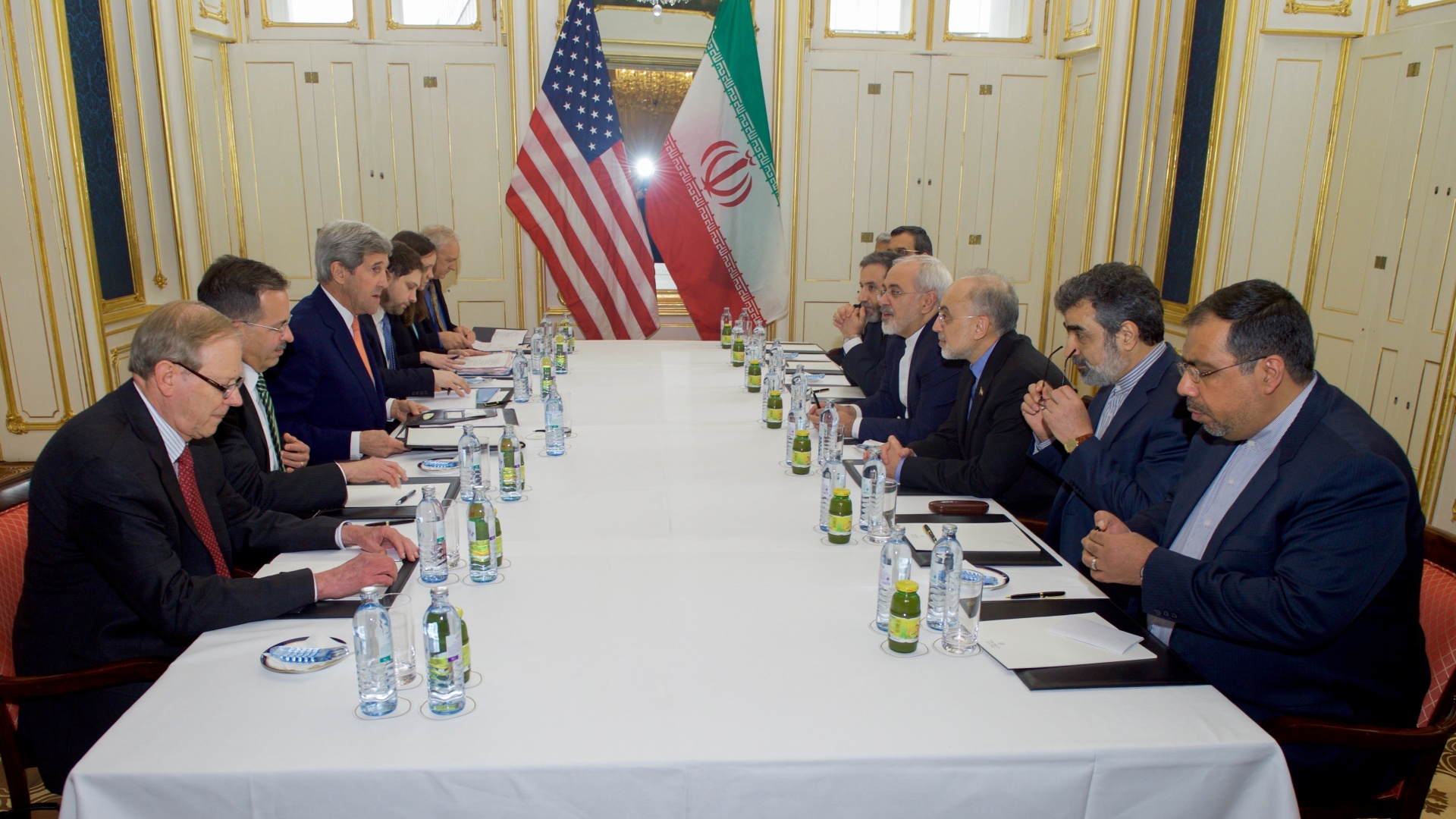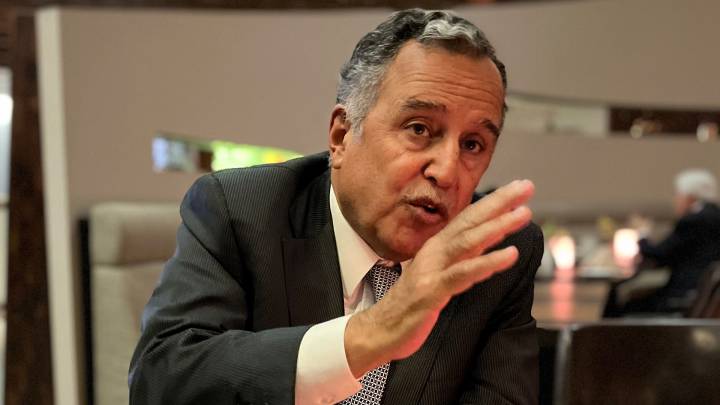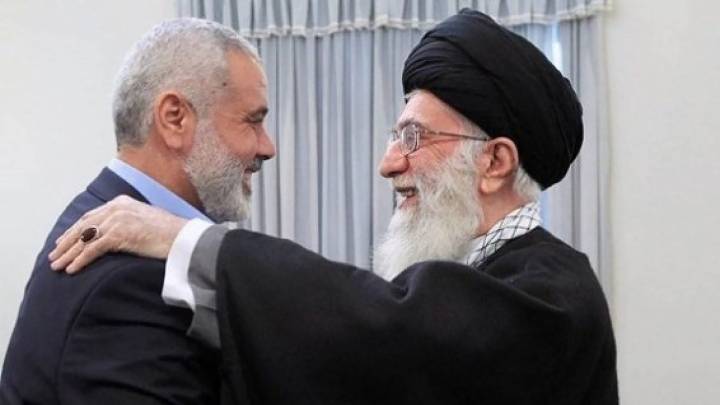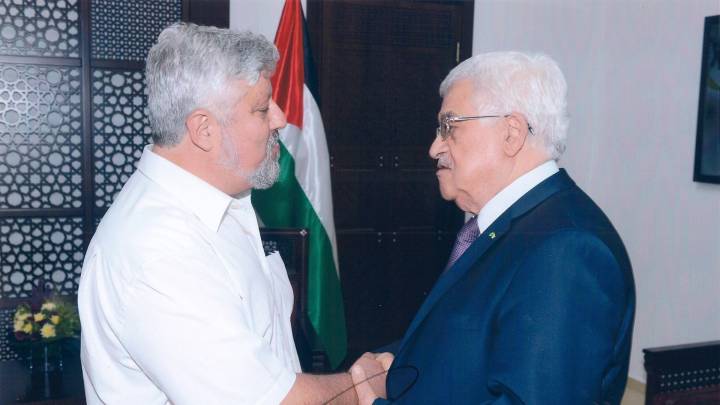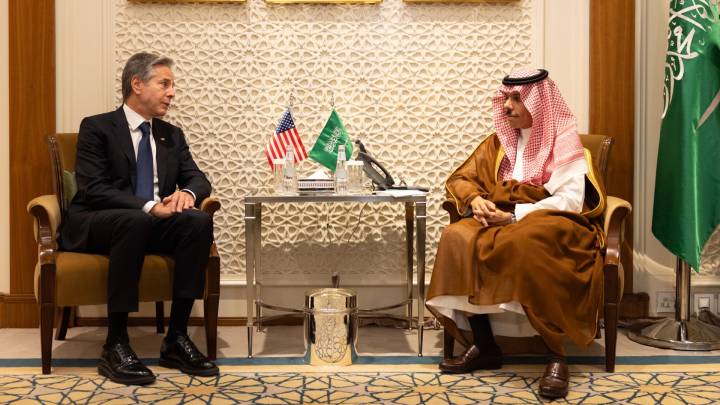Peace with and within Iran may seem an outlandish prospect to many following recent events. Yet reaching an agreement is now not only vital for the stability of neighbouring countries, but also in the interests of the Iranian people themselves.
Those working on Iran, and its strategic position in the Persian Gulf, must have all by now read the reams of analysis on what is happening in the country. But have they fully grasped what is really going on? The complexity of the current situation, both within and beyond Iran’s borders, has made it almost impossible to dispel speculations in favour of comprehensive analysis. The blame game may have peaked, yet a strategic response remains elusive and the future seems more ambiguous than ever before.
Successive US administrations have shied away from taking out Qassem Suleimani for three main reasons. Firstly, the USA did not want to bear the cost of direct engagement with Iran, nor did they have any desire to trigger another war in the region. Secondly, with the exception of Saudi Arabia, none of Iran’s neighbours was whole-heartedly convinced of the advantages of military confrontation. Rather they feared the consequences of taking such an action. Finally, maybe the USA considered Suleimani to be effective in halting the march of ISIS and ultimately destroying the organisation. If so, killing him would have had even more profound consequences globally. As Iran could not leave such an act unanswered, Tehran had to bide its time and think through the repercussions of any potential retaliation. One of the determining factors for Iran was the reaction of the Iranian public to the assassination of a widely-revered general. The “severe revenge”, when it did come, took the form of strikes on US bases in Iraq with no reported fatalities.
This was a clear game of escalating without over-escalating. A game in which muscles were flexed but were not strained because all the players involved in the Persian Gulf knew that no clear winner would emerge if a full-scale war were to erupt in the region. While the world held its breath, the Iranian public was bracing for the worst, but the worst never quite came. Or so they thought before learning about Ukrainian International Airlines flight 752. Iranians were mourning the tragedy when they were bombarded with more narratives emphasising Iran’s strength, both militarily and geopolitically. Such narratives were and continue being spread on national television by pundits who discuss how Iran has shown its power by executing such precise attacks while taking care not to cause any loss of lives. Some argued that, although the downing of the flight had been a catastrophic error, if the capital were to be struck by a missile, the loss of life would have been even greater. While the Iranian leadership sought refuge in the presence of millions at the march for Suleimani’s martyrdom, many gathered in protests against the downing of the flight. But those protests as well as vigils for the victims were immediately suppressed.
Not only Suleimani’s assassination but also the rise of ever-present nationalism brought people out onto the streets to protest against external threats.
With millions in the streets of Iran and a strong support from Iraqi prime minister, Adel Abdul-Mahdi, members of the Iraqi parliament and the country’s Shia public, Iranian leaders could once again sell their policies to the world as ones that enjoyed popular legitimacy. This legitimacy was quantified merely by bodies in the streets. The Iranian authorities’ analysis took no other factors into consideration. Such a corporeal presence could easily be used to bolster Iran’s leadership, who have weathered particularly harsh criticism over their handling of the protests about the dire economic situation in November.
In reality, however, it was not only Suleimani’s assassination but also the rise of ever-present nationalism that brought people out onto the streets to protest against external threats. Both of these motivations will always be major uniting factors for Iranians. Because regardless who is in leadership, an undeniable number of Iranians hold their country close to their hearts. Regardless of how various media organisations depict this sentiment, it is also important to understand that not all those in the streets, whether mourning Suleimani or opposing outside intervention, were not necessarily members or supporters of any ideological group or political party. The agency of the people is often obscured, as competing factions claim them as their followers without ever consulting the people themselves.
Between when Suleimani was assassinated and flight 752 was shot down, the Institute for Political and International Studies (IPIS), a think tank associated with the Iranian Foreign Ministry hosted the ‘Tehran Dialogue Forum’, which had been scheduled prior to the assassination. The Forum’s main goal was first to present and kick off the ‘Hormuz Peace Endeavour’ (HOPE), an Iranian peace proposal for the region. This initiative, which was presented by President Rouhani at the last UN General Assembly, invites all Persian Gulf countries to participate and commit to strengthening the security of the region together. Many of the endeavour’s details are as yet unclear, but at its core lies a commitment to protect the region from foreign aggression. In the light of escalating tensions, the Forum’s focus shifted to emphasising that the USA must be expelled from the region immediately. Moqtada al-Sadr then called for a “million-man march” against US presence in Iraq on 24 January, which was welcomed by many. Iranian and Iraqi state television networks, alongside Fars News and Al-Iraqiya, reported that millions poured into the streets of Baghdad while others, such as CNN, Aljazeera and France24, reported hundreds of thousands.
The shooting down of flight 752, however, shifted the equation of popular mobilisation, at least internally. While Iran was making a show of strength for both domestic and international audiences, a “human error” resulted in an unforgivable tragedy. 176 innocent lives were lost. For the first time since the birth of the Islamic Republic, Iranian authorities took some responsibility for the innocent lives that were taken, despite taking days and many denials to do so. While any country in turmoil always runs a high risk of committing human errors during its displays of strength, the Iranian public became ever more polarised after this tragedy. As a result, the remarkable public outpouring over Suleimani’s assassination could no longer be a pawn in the hands of the government.
Thee path to peace for Iran and subsequently the region has two fundamental dimensions.
Given the many contributing factors, ranging from the effects of sanctions to the methods Iran uses to keeps its citizens in check, the path to peace for Iran and subsequently the region has two fundamental dimensions: the lifting of sanctions and the transformation of the Iranian regime’s approach to its citizens and their agency, as well as their power in decision-making. While the first requires international involvement and aid, the responsibility for the latter lies solely with the Iranians to resolve. Under the current circumstances, these two dimensions are essentially inseparable because a country whose path to economic prosperity is blocked is very likely to use any force as a survival tool and very unlikely to give in to pressure from either its citizens or the international community. Any effort that ignores either one of these dimensions will be a waste of time.
If any doubt remained about Iran’s military power after its strikes on Saudi oil refineries in September 2019, the new missile strikes on US bases in Iraq should now show Iran’s ability to demonstrate its military capability, if not always its accuracy. As a result, the world is now casting a more attentive eye over Iran’s missiles program, which Trump has been exploiting to force signatories to withdraw from the Iran nuclear deal. The increasingly concerned EU is close to giving in to Trump, as evidenced by the latest joint statement released on 14 January by the UK, France and Germany (the E3). By activating the Dispute Resolution Mechanism (DRM), all doors to the first step of negotiating peace in Iran and regionally will be closed. That first step is, of course, Iran’s economic recovery and path to prosperity. And, as history tells us, if that door is closed, it will be decades before it will reopen.
It seems that the Islamic Republic of Iran is suffering a terminal illness for which, every now and then, a temporary cure is prescribed. Its imminent death, as outlined in some scenarios, is a delusion. If it were to happen, it would be a security disaster, not only regionally but globally.
The region has now reached a critical juncture to begin cooperating on security matters and to recognise the power of their nations in bringing effective peace and prosperity to themselves and their countries. The region should undertake this process alone, without international intervention in its regional affairs, because that is the only way it can protect its own interests without giving in to others. The first step would be recognising the urgency of reconstruction of the Iranian economy and then facilitate the process by uniting regional voices in opposition to sanctions against Iran. Such a perspective should provide an almost clear action plan for all involved, directly and for others, to step back and observe. This is the only way to make the region, and ultimately the world, a safer place.
Atefeh Sadeghi is currently an independent MENA researcher based in Brussels, specialising in gender politics and peace-building. She is a PhD candidate in political science at the University of Antwerp, and was formerly a development associate at the EastWest Institute in Brussels.
